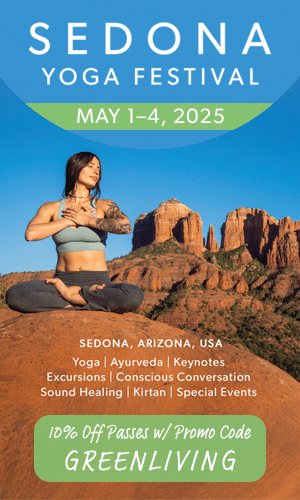By Melissa Lenberg, Owner of Citrine Natural Beauty Bar
On average, women use 12 beauty products a day, containing a total of 168 different chemicals. From hormone disruption to carcinogens, there is a laundry list of detrimental effects that these toxins can have on a woman’s system. The skincare and cosmetics used on an everyday basis may contain harmful ingredients that could negatively impact your health.
While it seems harmless, using your favorite blush may result in a cumulative exposure to toxins. Our skin is the body’s largest organ and has an incredible ability to absorb anything applied topically. It takes only 26 seconds for a product to absorb into your bloodstream.
In recent years, more people are interested in trying out natural alternatives to their beauty routine. In fact, 76 % of Gen Z consumers and 71% of millennials are actively looking for clean beauty products.
But not all “clean” beauty products are created equal — many brands tout exaggerated or deceptive claims. Each brand and retailer constructs their own regulations and standards, oftentimes leading to loose definitions of what “clean” beauty really means. Clean beauty typically describes products formulated with ingredients that have been scientifically proven to produce results safely.
So what exactly constitutes “clean beauty,” and why should you consider making the switch?
After years of research and curating a lineup of health-conscious and environmentally friendly products, here are the best tips I’ve found for people who are new to “natural” and looking to make the switch.
Avoid the Dirty Dozen
There is a list of ingredients deemed the “Dirty Dozen” which describes 12 ingredients commonly found in your typical beauty products that should be avoided at all costs. These chemicals have been linked to cancer, developmental delays, neurological issues and a variety of health concerns associated with your endocrine system, from acne to reproductive issues. Ingredients to avoid include 1 Dioxane, 4 Dioxane, Aluminum, Lead, Mercury, Heavy Metals, Benzophenone, DEA (Diethanolamine,) MEA (Monoethanolamine,) TEA (Triethanolamine,) Formaldehyde, Fragrance, Homosalate, Mineral Oil, Octinoxate, Oxybenzone, PABA (Para-aminobenzoic Acid,) Padimate O, Parabens, Phthalates, Polyethylene Glycol (PEG,) Polytetrafluoroethylene (PTFE, Teflon,) Sulfates, Synthetic Color Pigments and FD&C Dyes, Talc, and Triclosan.

Find Safe Alternatives
If you’re hesitant to ditch your holy-grail products, you’re not alone. However, there are many high-quality alternatives that rival your everyday favorites. When you’re first getting started, rather than swapping everything out all at once, switch out the items you use most. Some items that are popular swaps are deodorant, shampoo, conditioner, foundation, mascara and sunscreen. When searching for safe alternatives, look for products labeled “non-toxic.” These products have been formulated without ingredients that have been shown to have adverse health effects. Unfortunately, there are many brands out there that claim to be “clean” when in fact they still have harmful ingredients so be sure to do your own research. At Citrine, we’ve done the research for you so that you can feel confident in your purchase, as every product on our shelves has been thoroughly vetted to ensure it’s 100% organic, non-toxic, and high quality. You can also use only tools like Think Dirty, INCI Beauty, or EWG’s Skin Deep to research ingredients and compare products.
Talk with an Expert
Whether you are looking to take the leap into clean beauty, reinvent your look, or revamp your routine for next season, I recommend speaking with a beauty expert to assess your skin concerns, color match to help you find the right shades, and provide expert advice personally tailored to you.
Making the decision to toss the toxins and opt for clean beauty is one that will not only impact your health and well-being but can help the environment.






